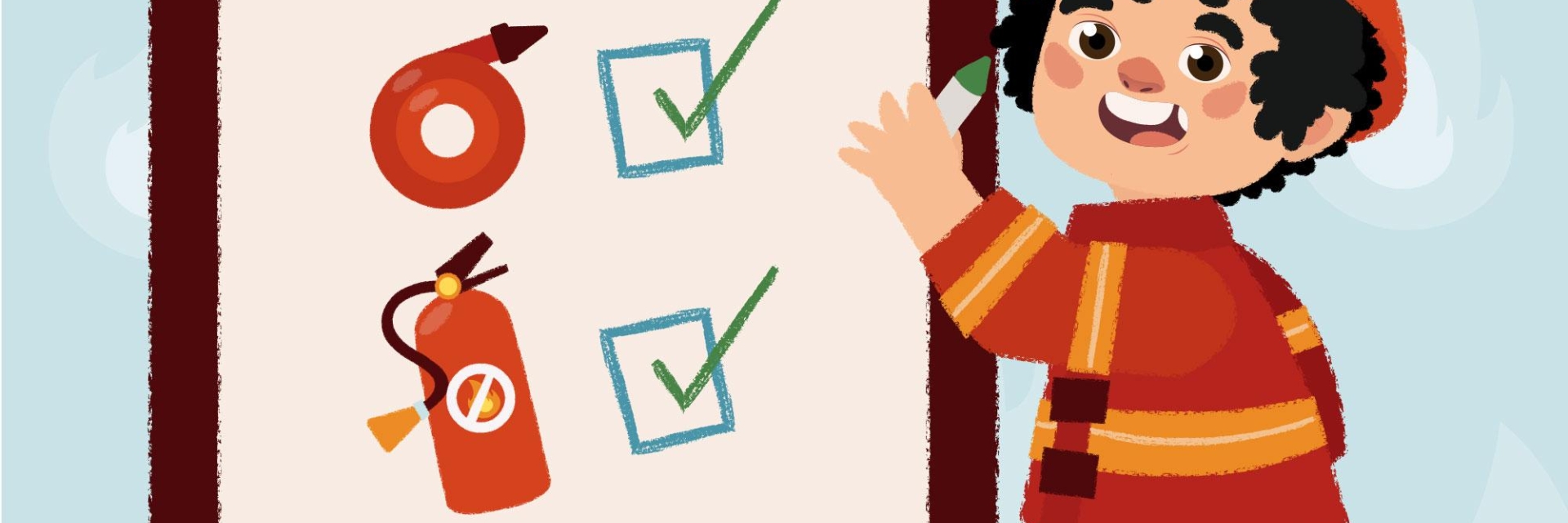Do you remember the most recent "Disaster Preparedness Training" you participated in? Most likely, many have either not experienced such training, or if they have, they may not have participated regularly. Article 35 of the "Basic Act on Disaster and Safety Management" stipulates that disaster preparedness training must be conducted annually. As the risk of disasters continues to increase, it is essential to strengthen disaster response capabilities to create a safer society.
Disaster preparedness training involves planning and practicing duties and roles to be performed in disaster situations beforehand. According to research on "The Effects of Disaster Response Training on Participants," conducting training effectively enhances disaster response capabilities. In a country like ours, which experiences large-scale disasters annually, such education is imperative.
Disasters are terrifying and catastrophic events for adults, but they are even more deadly for physically vulnerable children. Due to their limited judgment and ability to respond swiftly, children are at a higher risk of catastrophic harm when experiencing disaster incidents. Particularly, current disaster safety systems and protocols are adult-centric, making it difficult for children to find ways to protect themselves from disaster and accident risks. Moreover, instilling safety knowledge and habits in children from an early age is crucial to enable them to respond promptly to disasters even as adults.
It is crucial to clarify the objective of why such training is necessary, starting from the stage of informing children about the purpose of practicing for safety during emergencies. This clear communication is essential to encourage active participation from children. Training for children should be designed to be interactive, focusing on stimulating their interest and maintaining their attention. Typical methods include simulating emergency situations, drawing safety maps, visiting safety experience centers, and practicing emergency evacuations. By enabling children to experience firsthand the actions they should take during actual disasters, they can acquire the skills to respond to disasters on their own.
The situation of knowing nothing about disasters is the most dangerous. Just knowing what happens when a disaster occurs enables effective response. That's why disaster preparedness training is even more essential for children than for adults. Even if a disaster has already struck, knowing exactly what to do afterwards can prevent further escalation of the damage. Disasters are not something to avoid or hide from but rather something to actively prepare for and address. We earnestly hope for a shift from perceiving disasters as simply frightening events to considering them as problems that require contemplation on how to resolve them.
References
- "Natural Disaster Preparedness Training" - Ministry of Public Administration and Security
- "Children's Disaster Safety Training" - Ministry of Public Administration and Security
- Children's Disaster Safety Training Participation Program - Gwangju Metropolitan Office of Education, Disaster Safety Center


